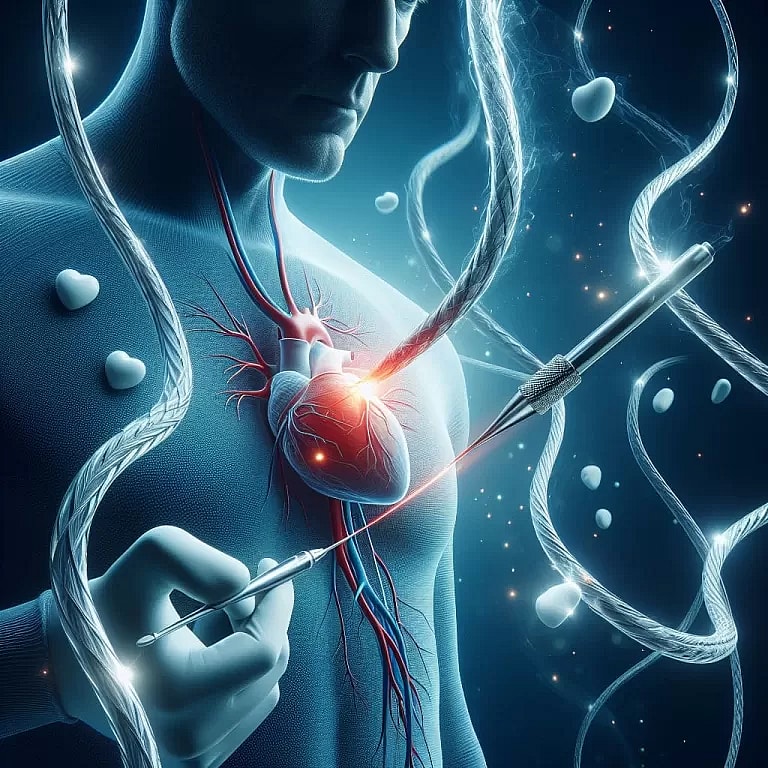Vascular stent
**Vascular Stent:**
A vascular stent is a tiny, expandable device used to treat narrowed or weakened blood vessels. It is a crucial tool in treating various vascular conditions, such as aneurysms, dissections, and blockages.
**Function:**
– Restores blood flow by effectively propping open compromised blood vessels
– Prevents further vessel expansion in cases of aneurysms
– Offers stability and reinforces weakened vessel walls
**Materials:**
– Typically made of nitinol, stainless steel, or other biocompatible materials
– Coated with drugs to prevent blood clots and facilitate healing
**Insertion Techniques:**
– Endovascularly placed via a small incision in the groin or arm
– Delivered to the target site using specialized catheters
**Benefits:**
– Minimally invasive and often performed on an outpatient basis
– Provides immediate relief from symptoms
– Reduces the risk of complications and the need for open surgery
**Applications:**
– Coronary artery disease
– Carotid artery disease
– Peripheral artery disease
– Aortic aneurysms
– Arteriovenous malformations
**Keywords:** Vascular stent, stenting, aneurysm, dissection, blocked artery, blood vessel, angioplasty, endovascular intervention, peripheral artery disease, cardiac stent, carotid artery stenosis
Stents: A Comprehensive Guide to their Applications in Medical Procedures

What is a stent? A stent is a tiny tube that your doctor can insert into a blocked passageway to keep it open. The stent restores the flow of blood or other fluids, depending on where it’s placed. Stents are…
